Description
Product Model: UUD148AE02
- ABB Part Number: 3BHE014185R0002
- Product Type: Excitation / Controller Module
- Key Functions:
• Core board for generator excitation control and regulation
• Monitors and adjusts field current to maintain voltage
• Protection functions: over/under voltage, overcurrent, frequency deviations
• Interfaces with grid control systems, diagnostic feedback
Applications & Industry Context
Large generators in power plants—whether steam, hydro, gas, or combined cycle—rely on precise control of the field (excitation) system to regulate terminal voltage, reactive power, and system stability. The ABB UUD148AE02 sits at the heart of that control loop. It is typically used in medium to large generators, embedded within generator control cabinets or excitation panels.
When load changes or grid disturbances occur, the excitation module adjusts DC current to the generator’s rotor windings, ensuring that terminal voltage is held within tight limits and that the generator can supply or absorb reactive power as needed. In grid-connected operation, the excitation board also contributes to stability control (e.g. voltage regulation, power factor control).
In many modern power stations, this module interfaces with the plant DCS or generator protection systems, providing monitoring, diagnostics, fault signals, and alarms. Because of its critical role, the UUD148AE02 must offer fast response, redundancy (where applicable), and robust protection features.
Product Role & System Fit
Within ABB’s excitation and generator control architecture, the UUD148AE02 functions as the controller core—the logic board that accepts sensor inputs (voltages, currents, field current feedback), computes control signals, and drives the excitation power electronics stage (e.g. thyristor bridges, switching regulators).
It may receive setpoints and commands from a supervisory controller or DCS (e.g. target voltage, reactive power commands, remote enable/disable), and it provides status, alarms, and diagnostic outputs in return. In some configurations, this board is part of a redundant excitation control system.
Because the excitation function must respond within milliseconds to grid events (faults, load transients), the UUD148AE02 is engineered for high-speed analog/digital processing and isolation between control and power domains.
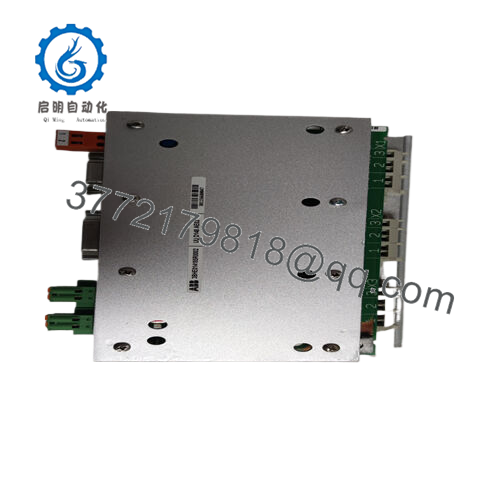
UUD148AE02
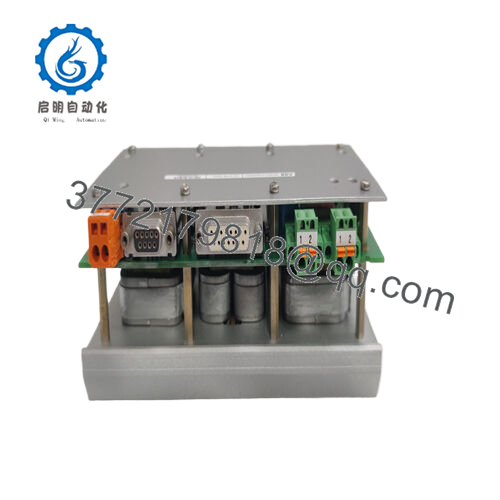
UUD148AE02
Technical Features & Benefits
Though ABS does not openly publish full datasheets for every module, from available references and inferred design practices, the following features are likely (and are often advertised by resellers):
- Excitation Current Control: The module adjusts magnitude and phase of field current to maintain terminal voltage and support grid stability.
- Stability & Damping Functionality: The board can suppress oscillations by active control, improving generator stability under disturbances.
- Protection Functions: It includes protections for overcurrent, overvoltage, undervoltage, frequency deviation, and likely overtemperature or internal fault detection.
- Sensor & Feedback Monitoring: The board monitors operative parameters (voltages, currents, field feedback) to detect abnormal conditions and trigger protective actions.
- Communication & Interface Capability: It likely supports interfaces to other control systems (e.g. DCS or PLC) for setpoint exchange, status, alarms, and diagnostic data.
- Robust Industrial Design: Built to withstand typical control panel environments (temperature, electrical noise, vibration). abbultra.com+1
From a benefits perspective, installing a well-engineered board like UUD148AE02 means better generator voltage control, faster recovery from disturbances, improved reliability, and easier integration with modern grid control systems.
Technical Specifications
Here’s a rough technical specification set, synthesized from reference sources (these should be verified):
| Parameter | Typical Detail / Notes |
|---|---|
| Model | ABB UUD148AE02 |
| ABB Part Number | 3BHE014185R0002 |
| Function | Excitation / AVR (automatic voltage regulation) board |
| Applications | Generator excitation and control systems |
| Protection Functions | Overcurrent, overvoltage, undervoltage, frequency deviation |
| Feedback Monitoring | Voltage, current, field feedback sensing |
| Interface | Control inputs, analog/digital signals, status outputs |
| Mounting | Panel / control cabinet board |
| Environmental | Industrial rated, robust design |
| Weight / Dimensions | ~ small module size (reseller lists 7.6 × 17.8 × 1.2 cm) |
| Integration | Works in ABB excitation systems, with supervisory systems |
Installation & Maintenance Insights
From field-engineering perspective, here are practical guidelines:
- Wiring & Isolation: Ensure that sensor leads (voltages, currents, field feedback) are routed with care, shielded, and properly grounded to avoid noise coupling.
- Mounting Orientation: Mount firmly in a panel, maintaining clearance around it for ventilation and avoiding heat sources.
- Thermal Considerations: Control modules generate heat; ensure airflow or thermal management in the cabinet.
- Initial Commissioning: Use manufacturer calibration tools and alignment procedures to verify sensor scaling, loop response, control tuning, and protection thresholds.
- Redundancy (if applicable): In dual-excitation setups, ensure synchronization and proper takeover logic are tested.
- Firmware / Calibration Updates: Keep firmware versions consistent with the rest of the control system, back up parameter configurations, and perform periodic calibration checks.
- Diagnostics & Fault Logs: Review internal logs and alarms, especially after disturbances, to detect early signs of degradation or drift.
Maintenance is relatively low for such modules, but recommended checks include periodic power and sensor integrity verification, cleaning of connectors, and ensuring firmware remains updated.

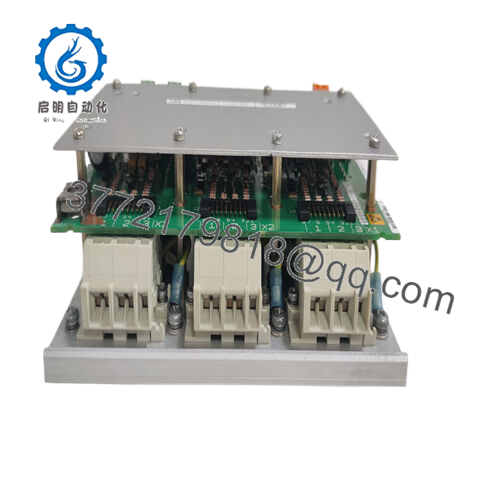
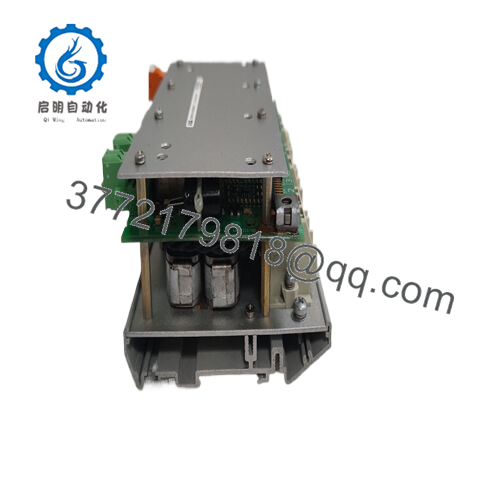
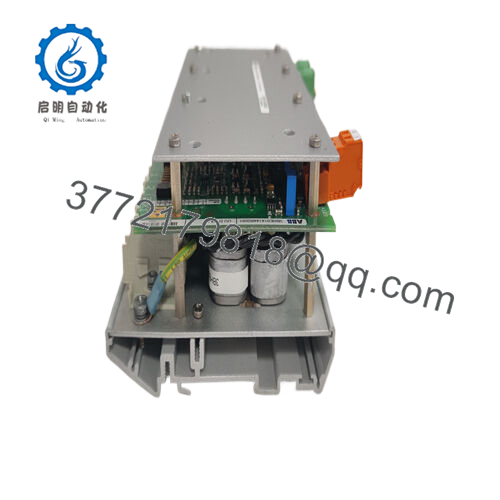
 WhatsApp: +86 16626708626
WhatsApp: +86 16626708626 Email:
Email:  Phone: +86 16626708626
Phone: +86 16626708626


